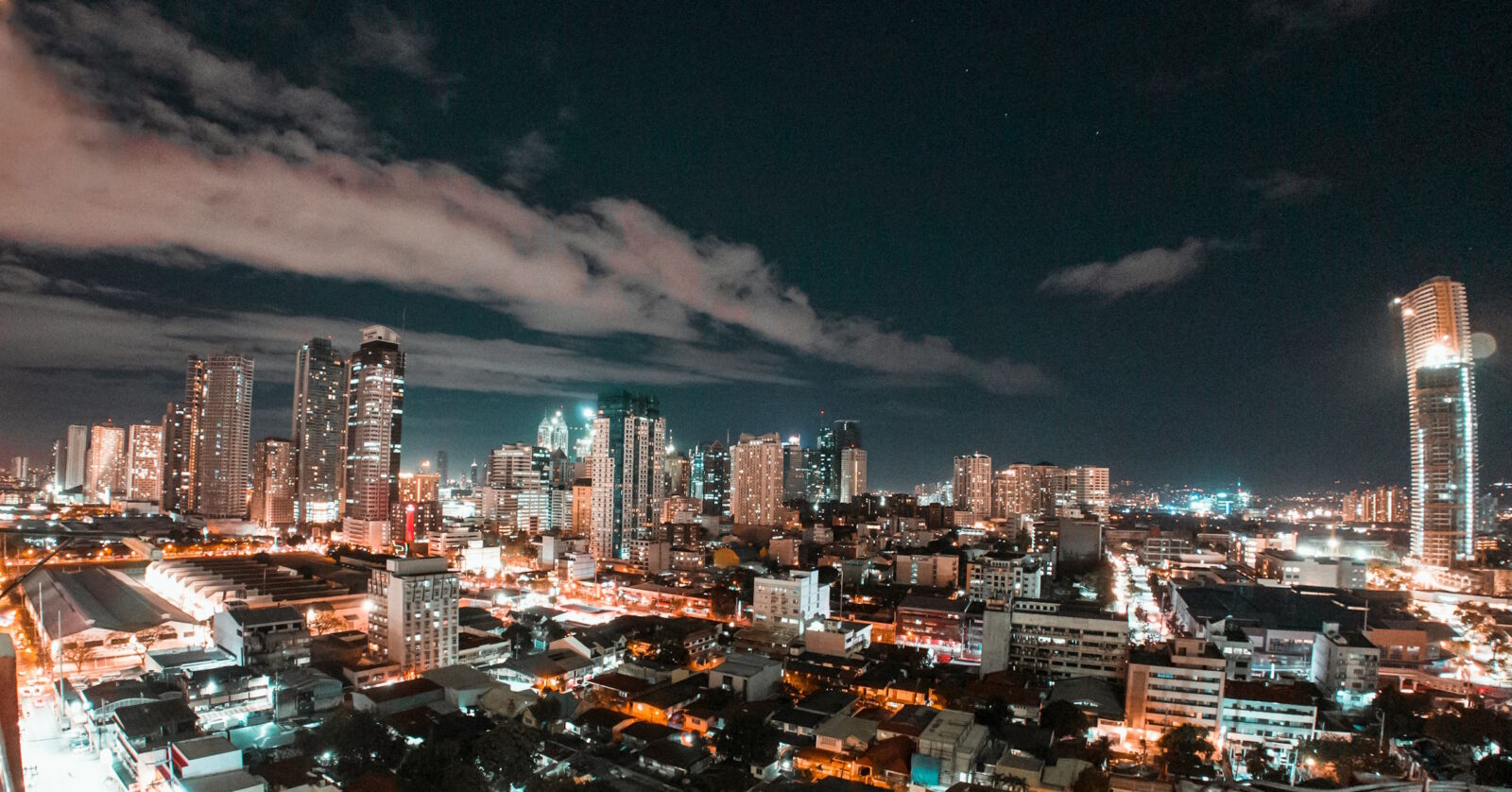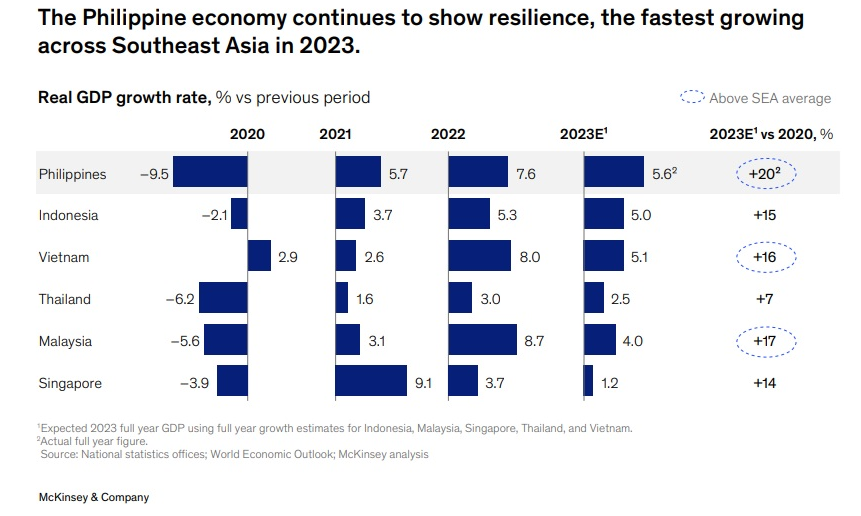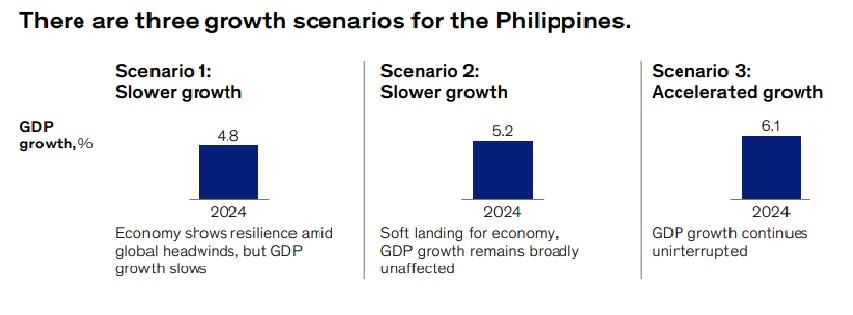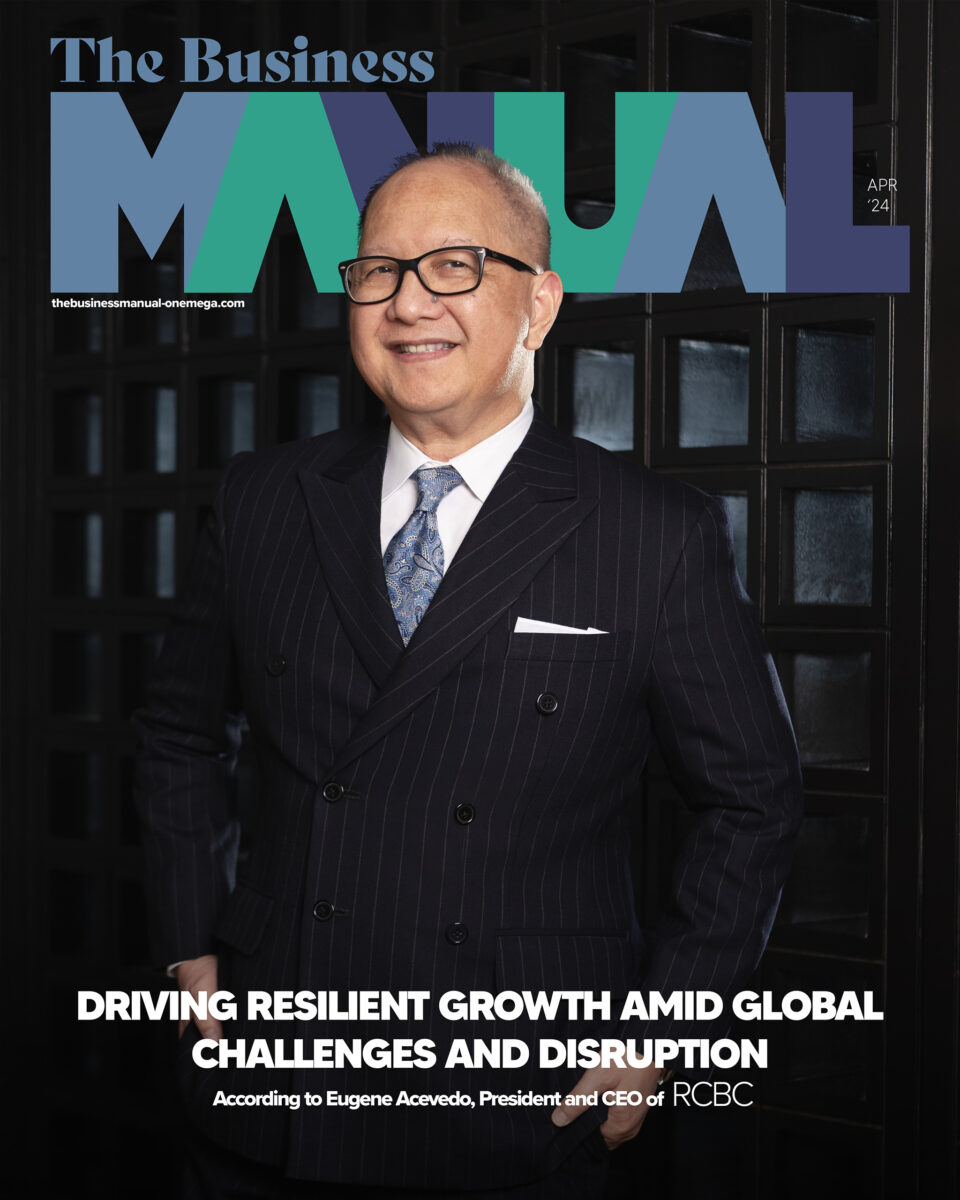McKinsey Forecasts Continued Economic Growth in 2024

McKinsey expects the Philippine economy to remain healthy in 2024, however the country’s vulnerability to climate change, and a fast-dwindling healthcare work force are challenging long-term economic growth.
Renowned Global Management Consulting Firm McKinsey and Company, is optimistic about steady economic growth for the Philippines in 2024. In its latest economic report entitled “The Philippine economy in 2024: Stronger for longer?” the consulting firm says it expects the Philippines to grow between 5 % and 6 % this year from 5.6% in 2023. Though lower than government’s forecast of 6% to 7%, McKinsey says their projection reflects the country’s resilience amidst global economic pressures.

In 2023, the country was the fastest growing economy in South East Asia with its 5.6% growth. The economic growth in the Philippine in 2023 was driven by a resumption in commercial activities, public infrastructure spending, and growth in digital financial services,” it noted. Most sectors grew, but three sectors: transportation and storage, construction, and financial services performed best.
In its report, McKinsey focused on key sectors that may affect economic growth for the year:
1. Financial Services
McKinsey believes recovery of the financial services sector is on track and that the sector will continue to grow, though at a slower pace of 5%. Financial inclusion and digitalization are contributing to economic growth, while factors such as Inclusive finance, digital adoption, unsecured lending growth, and high interest rates are factors that could greatly impact the sector.
The report indicates that broadening the deposit base, widening market access to financial services, and making credit more accessible to smaller businesses are essential to the sector’s growth.
2. Energy and Power
The energy sector on the other hand, is looking forward to bullish growth at 7% from 4% in 2023, with the increased focus on renewable energy. The report said stakeholders are currently focused on increasing energy security, particularly importing liquefied natural gas (LNG) to meet energy requirements. Moves to remove foreign ownership limits would also boost the sector.
3. Healthcare
Growth in healthcare is expected to slow to 2.8%, but pharmaceutical manufacturing is expected to bounce back with a 5.2% growth rate in 2024. The study notes of an expected increase in health care demand, but this will be met by an increase in the shortage of health workers in the next five years. “The supply-and-demand gap in nursing alone is forecast to reach a shortage of approximately 90,000 nurses by 2028,” it said.
4. Consumer and Retail
The sector is expected to remain stable with growth in the retail and wholesale trade seen at 4%, and in consumer goods at 5%. Despite easing inflation, prices may remain high in the near term, pushing consumers to change their buying behavior. Mc Kinsey notes that 92% of consumers have changed their shopping behavior, and around 50% have switched brands or retail providers. Online shopping is also already entrenched in Filipino consumers due to the wider choices and convenience it provides.
5. Manufacturing
There is currently more focus on building resilient supply chains and increasing self-sufficiency. Public and private sector support could also boost investments in research & development and enhance skills of the labor force. Priority products where the sector could pivot include more complex, higher value chain electronic components, generic over-the counter and nature based medicines, and for green industries, McKinsey recommends products such as batteries, solar panels, and bio mass production.
The sector is expecting growth to remain stable at 6%
6. IT and BPO
McKinsey sees the Information Technology and Business Process Outsourcing (IT-BPO) sector to register revenues of $38 billion this year, keeping it on track in its long term targets. “The industry continues to outperform headcount and revenue targets, shaping its position as a country leader for employment and services,” it said.
Sustainability
The country is identified as the fourth most vulnerable to climate change in the world, because of its geographic location that makes it more exposed to natural disasters. Because of this, the study recommends five green growth opportunities: Renewable energy, solar photovoltaic (PV) manufacturing (a component of solar manufacturing), battery production, electric mobility, and nature-based solutions. The consulting firm warns, that the Philippines could incur around $3.2 billion in economic loss annually due to natural disasters over the next five decades, which is up to 7 to 8 percent of the country’s nominal Gross Domestic Product.

Overall, Mc Kinsey is looking at three potential scenarios for the country’s growth this year:
Slower growth: The first and worst scenario consists of lower growth at 4.8%, marred by declining trade and increasing inflation that would keep interest rates high at 6.5% and dampen economic activity.
Soft landing: The second scenario sees moderate growth at 5.2%, helped by moderate inflation and a favorable global environment.
Accelerated growth: The third and the best scenario sees the economy growing by 6.1%, thanks to slower inflation, easing monetary policies, and more incentive programs to boost productivity.
The firm recommends that the Philippines focus on factors that could boost growth in its seven critical sectors, while adapting to macroeconomic events, to help it attain its growth targets and achieve growth that is sustainable in the long term.




